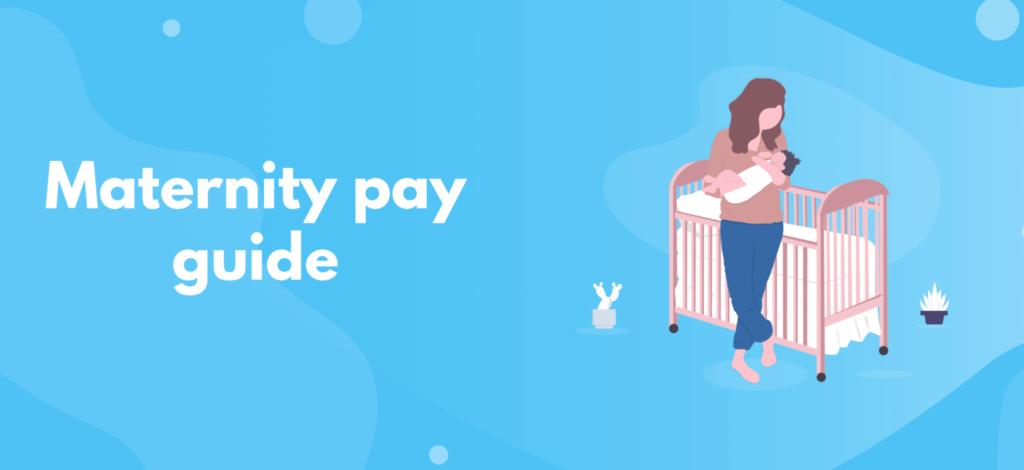Understanding NHS Maternity Pay: What You Need to Know

Expecting a child is a joyful yet life-changing experience, and understanding your maternity pay rights is essential to ensuring financial stability during this important time. For NHS employees, maternity pay offers generous benefits compared to many other sectors. In this guide, we’ll cover everything you need to know about maternity pay, including eligibility criteria, payment structure, and how it compares to statutory maternity pay
What is NHS Maternity Pay?
NHS maternity pay is part of the terms and conditions outlined in the Agenda for Change contract, which provides enhanced maternity benefits for NHS employees. It includes payments during maternity leave to help cover your expenses while you’re away from work.
Key Features of NHS Maternity Pay:
- 52 weeks of maternity leave, regardless of length of service.
- Paid maternity leave for up to 39 weeks (depending on eligibility).
- A combination of enhanced NHS maternity pay and statutory maternity pay (SMP).
Eligibility for NHS Maternity Pay
To qualify for NHS maternity pay, employees must meet specific conditions:
- Length of Service:
- You must have completed at least 12 months of continuous NHS service by the 11th week before your baby’s expected due date.
Notification Requirements:
- Inform your employer of your pregnancy by the 15th week before the due date.
- Provide proof of pregnancy (MATB1 form) from your midwife or GP.
Intention to Return:
- You must declare your intention to return to work for at least three months after your maternity leave ends.
Annual Leave During Maternity Leave
Annual leave entitlement is another important aspect to consider while planning your maternity leave. NHS employees continue to accrue annual leave throughout their maternity leave, including any additional unpaid leave periods.
Key Points About Annual Leave:
Accrual During Leave:
- Annual leave and bank holidays continue to accrue during the entire 52 weeks of maternity leave, whether paid or unpaid.
Using Leave Before or After Maternity Leave:
- Employees often combine annual leave with maternity leave to extend their time off.
- You can take accrued annual leave before starting your maternity leave or at the end of your maternity leave period.
Carrying Over Leave:
- If your maternity leave overlaps with the end of the annual leave year, unused leave can typically be carried over to the following year, depending on your trust’s policy.
Combining Leave for Flexibility:
- Many NHS employees use a mix of maternity leave, annual leave, and unpaid leave to create a flexible return-to-work plan.
Breakdown of NHS Maternity Pay
The NHS maternity pay structure includes two main stages:
- Enhanced NHS Maternity Pay (First 26 Weeks):
- Weeks 1–8: Full pay (inclusive of SMP).
- Weeks 9–26: Half pay plus SMP (provided the total doesn’t exceed your full pay).
- Statutory Maternity Pay (SMP) (Next 13 Weeks):
- SMP at the standard rate (currently £172.48 per week or 90% of your average weekly earnings, whichever is lower).
- Unpaid Leave (Final 13 Weeks):
- The last 13 weeks are unpaid, but this period is optional.
What if You’re Not Eligible for NHS Maternity Pay?
If you don’t meet the eligibility criteria for NHS maternity pay, you may still qualify for:
Statutory Maternity Pay (SMP): Provided you’ve been employed for at least 26 weeks and meet minimum earnings requirements.
Maternity Allowance (MA): A government benefit for those not eligible for SMP.
How to Apply for NHS Maternity Pay
To access maternity pay:
- Notify your employer of your pregnancy as early as possible.
- Provide your MATB1 form, which confirms your baby’s due date.
- Submit your maternity leave application form to HR.
- Agree on your intended start date for maternity leave.
Paternity and Shared Parental Leave
In addition to maternity pay, the NHS offers generous provisions for partners:
- Paternity Leave: Up to 2 weeks of paid leave.
- Shared Parental Leave: Enables both parents to share up to 50 weeks of leave and 37 weeks of pay.
Returning to Work After Maternity Leave
When planning your return:
- Notify your employer in advance of your intended return date.
- Flexible working options, such as part-time roles or job sharing, may be available.
- If you decide not to return to work, you may need to repay part of the NHS maternity pay received during leave.
Tips for Financial Planning During Maternity Leave
Budget Early:
- Calculate your expenses and adjust for any potential reduction in income.
Save in Advance:
- Build an emergency fund to cover unexpected costs during unpaid leave.
Check Additional Benefits:
- Explore government benefits like Child Benefits or Universal Credit if applicable.
Review Employer Policies:
- Speak to HR about childcare support schemes or salary sacrifice options.
Frequently Asked Questions:
How much maternity pay will I receive as an NHS employee?
You’ll receive full pay for the first 8 weeks, followed by half pay plus SMP for 18 weeks, then SMP for 13 weeks.
Can I start maternity leave early?
Yes, maternity leave can begin as early as 11 weeks before your due date.
What happens if I decide not to return to work?
You may need to repay the enhanced maternity pay (beyond SMP). However, repayment policies vary, so check with HR.
Can I work during maternity leave?
You can work up to 10 Keeping in Touch (KIT) days without affecting your maternity pay.
Am I entitled to maternity pay on a fixed-term NHS contract?
Yes, provided you meet the eligibility criteria for maternity pay.
Can I extend my maternity leave?
You can extend your leave up to 52 weeks, but only the first 39 weeks are paid.
Here are useful links with concise descriptions of NHS maternity pay:
NHS Maternity and Paternity Benefits
Official NHS guide to maternity and paternity benefits.
Maternity Leave and Pay Entitlements (BMA)
Detailed information for NHS employees from the British Medical Association.
Statutory Maternity Pay and Leave (GOV.UK)
Government resource for statutory maternity pay and leave information.
NHS Workforce Maternity Policies
Maternity leave calculator and policy guide for NHS Scotland.
If you’d like to compare salaries in other countries, here are some helpful resources:
US Net Pay Calculator: Allows you to calculate net pay based on the specific state, providing insight into state tax systems.
France Net Pay Calculator: This helps you understand how the French tax system works by calculating net pay in France.
Global Net Pay Calculator: compare take-home pay across countries, understand deductions, and plan smarter for your next career move.



